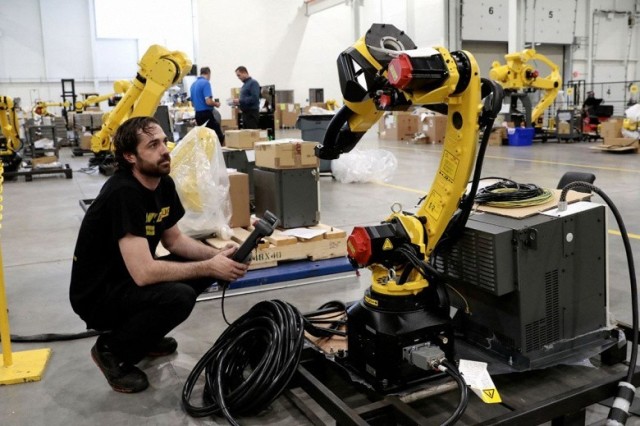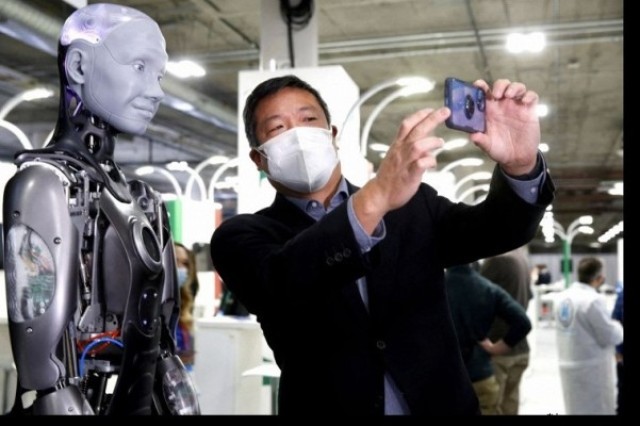Last year, more robots joined the U.S. workforce than ever before. They took over the work from collecting bottles and cans from sorting conveyors of waste processing plants to packing small consumer goods in cardboard boxes in warehouses of online stores.
Companies across North America have committed more than $2 billion to purchase robots in 2021 to cope with record demand and labor shortages caused by the pandemic. Robots have started working in an increasing number of industries, going far beyond their historic surge in the automotive sector.
According to data compiled by the industry group Association for Advanced Automation, also known as A3, factories and other industrial users ordered 39,708 robots in 2021, which is 28% more than in 2020. The previous annual record for robot orders was set in 2017, when North American companies ordered 34,904 robots worth $1.9 billion.

Back in 2016, automakers sold more than twice as many robots as all other sectors of the industry combined. But in 2020, other enterprises eclipsed automakers as buyers of advanced machines, and in 2021, the share of robots sent to non-automotive companies increased even more.
According to A3, the fastest growth in orders for robots is in the metallurgical, food and consumer industries. Another fast—growing sector is e-commerce.

